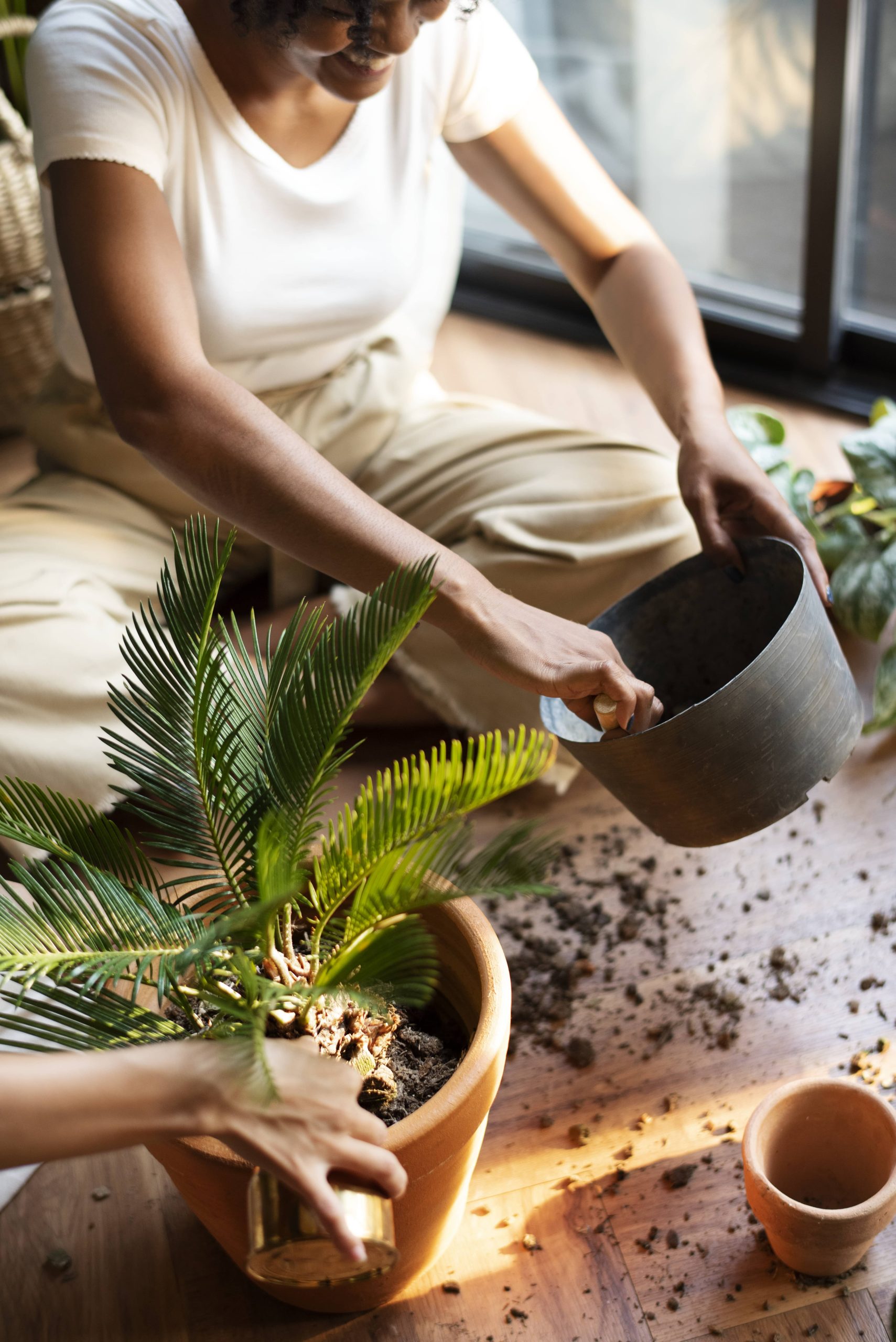
As an indoor gardening enthusiast, one of the most common issues you may encounter is overwatering or underwatering your houseplants. Whether you’re a novice or an experienced gardener, getting the watering just right can be tricky. Every plant has its unique needs, and understanding these is essential to promoting a healthy indoor jungle. This blog post aims to guide you through identifying the signs of overwatering and underwatering, along with presenting effective strategies to revive your plant back to health.
Understanding the Signs
Before you can revitalize your plant, the first challenge lies in correctly diagnosing the problem. Both overwatering and underwatering can manifest in similar ways, such as wilting, yellowing leaves, and stunted growth, making it essential to dig a bit deeper.
Signs of Overwatering
1. Wilting Leaves: While wilting can occur in both scenarios, overwatered plants often have soft, limp leaves, unlike the dry wilting seen in underwatering.
2. Yellow Leaves: Overwatering commonly causes leaves to yellow, as excess water hinders oxygen from reaching the roots.
3. Root Rot: Check the roots; mushy, brown, or black roots indicate rot resulting from overwatering.
4. Mold Growth: Look for mold on the plant itself or the topsoil, a sure sign of excessive moisture.
Signs of Underwatering
1. Crisp, Dry Leaves: Leaves may become crispy and dry, beginning at the tips or edges.
2. Drooping: Entire stems might droop due to lack of water, giving the plant a lifeless appearance.
3. Slow Growth: A plant deprived of water will slow its growth and may shed leaves.
4. Dry Soil: If the soil feels dry to the touch an inch or two below the surface, it likely needs water.
Reviving an Overwatered Plant
If overwatering is your culprit, the first step is to ease up on watering and allow your plant to dry out. Here’s a step-by-step guide to rescue your overwatered plant:
1. Cease Watering: Immediately stop watering the plant to let the soil dry out.
2. Repot with Fresh Soil: Remove the plant from its pot, and gently shake off excess soil. Trim any rotten roots with sterilized scissors. Repot your plant in a container with good drainage holes using fresh, well-draining potting mix.
3. Improved Drainage: Ensure better drainage by adding materials like perlite to the soil and confirming that there are adequate drainage openings in the pot. Consider elevating the pot slightly to allow excess moisture to escape.
4. Monitor Hydration: Only water when the top inch of soil feels dry. You can use a moisture meter for more precision.
5. Increase Air Circulation: Place your plants in areas with good air circulation to help evaporate excess moisture more quickly.
Reviving an Underwatered Plant
If your plant is suffering from underwatering, a structured hydration regime is essential to nurse it back to health:
1. Soak the Soil: Begin by thoroughly watering the plant. Ensure the water reaches the roots – a technique called deep watering – then allow excess water to drain completely.
2. Consistent Watering Schedule: Establish a regular watering routine. While the exact frequency depends on species, climate, and season, many houseplants prefer drying out slightly between waterings.
3. Temporary Humidity Boost: Increase humidity temporarily by placing a small humidifier near the plant or grouping it with other plants.
4. Check Environment Conditions: Place the plant in a location that suits its light and temperature needs, which might change with seasons.
5. Trim Damaged Leaves: Cut off any dry, dead parts of the plant with clean, sharp scissors to encourage new growth.
Tips for Maintaining Ideal Moisture Levels
1. Know Your Plant’s Needs: Each plant has its unique moisture requirements. Research your species to understand when and how much to water.
2. Consider Seasonal Changes: Light and temperature fluctuations influence a plant’s water requirements. During winter, many plants enter a dormant phase, necessitating less water than in their growing seasons.
3. Use the Finger Test: Simply insert your finger an inch into the soil to check for moisture. Water your plant only if the soil feels dry to the touch.
4. Invest in a Self-Watering Pot: For plants with high water needs, self-watering pots can help maintain consistent moisture without the risk of overwatering.
In summary, understanding the balance of watering is crucial to the well-being of your indoor garden. By observing your plant’s response and adjusting watering accordingly, you’ll be better equipped to avoid the pitfalls of overwatering and underwatering. With patience and care, you can nurture your greenery to thrive again, creating a vibrant and healthy indoor oasis. Happy gardening!













